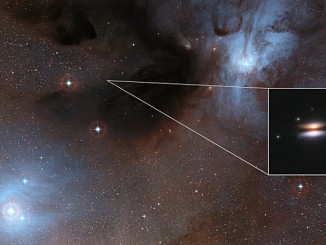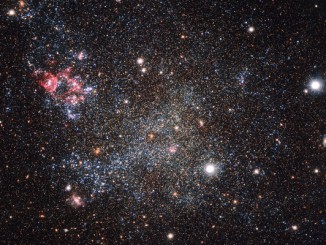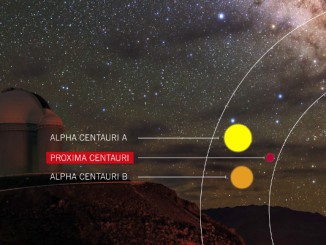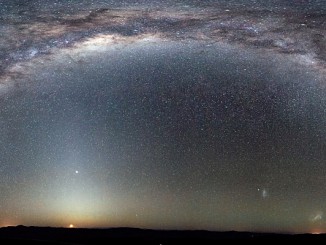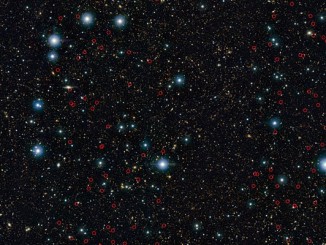
A young star’s moment in the spotlight
A newly formed star lights up the surrounding cosmic clouds in this new image from ESO’s La Silla Observatory in Chile. Dust particles in the vast clouds that surround the young T-tauri star HD 97300 diffuse its light, like a car headlight in enveloping fog, and create the reflection nebula IC 2631.

